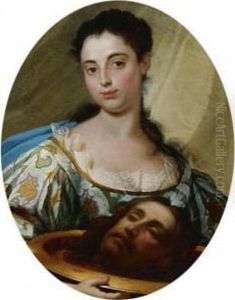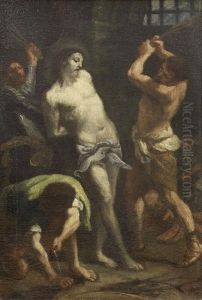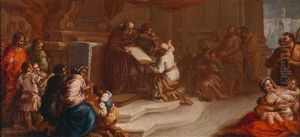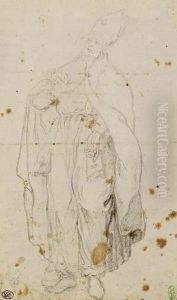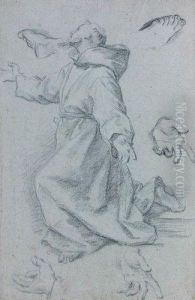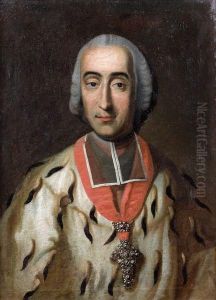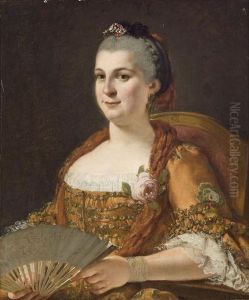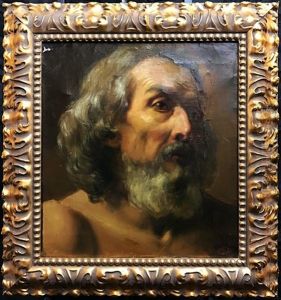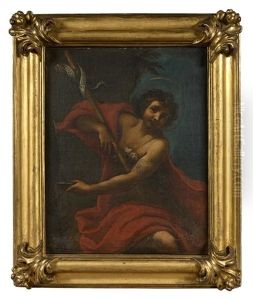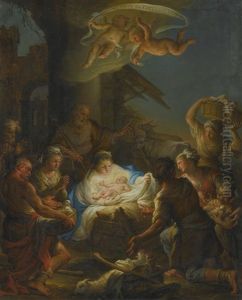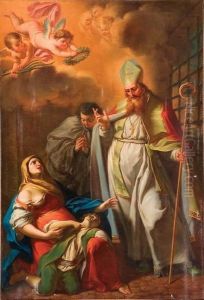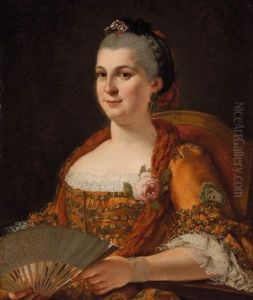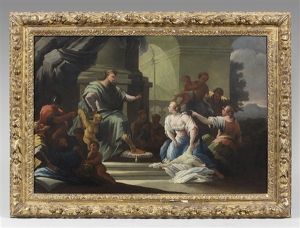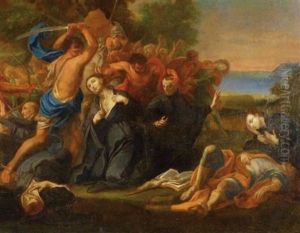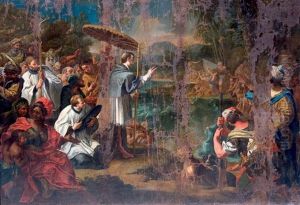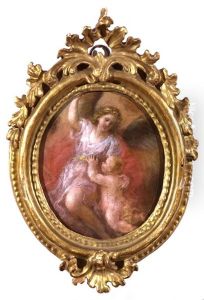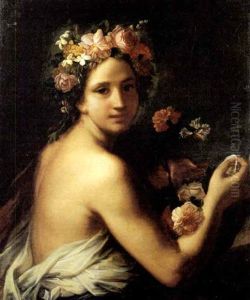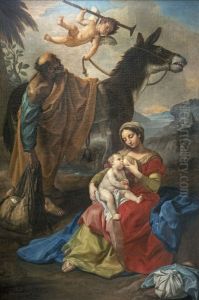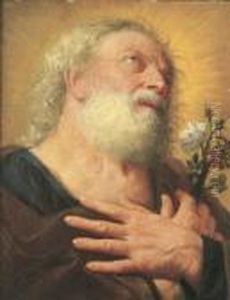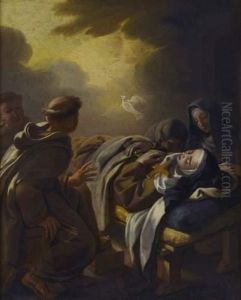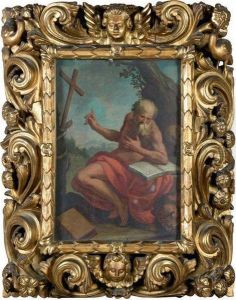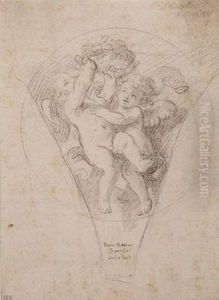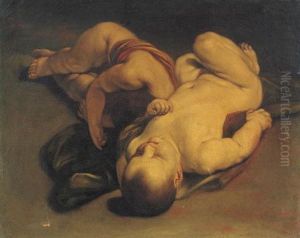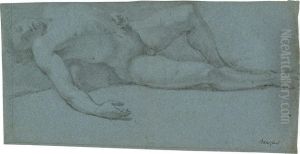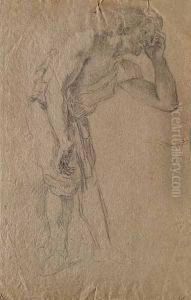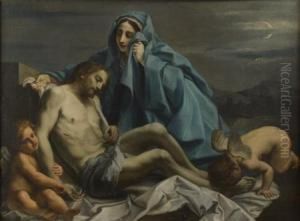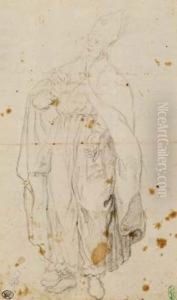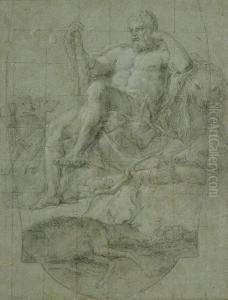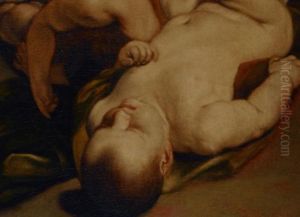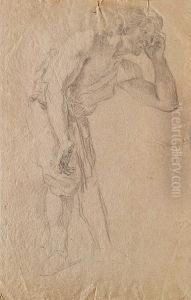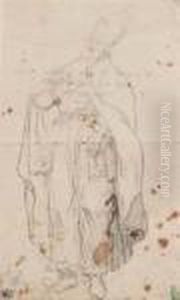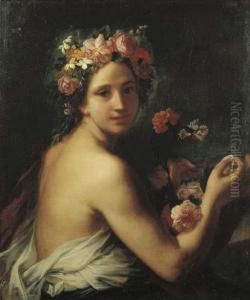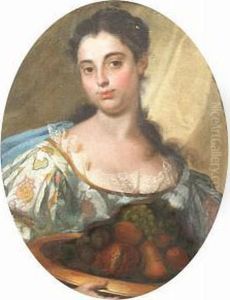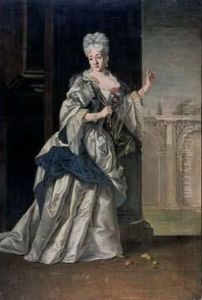Marco Benefial Paintings
Marco Benefial was an Italian painter of the Baroque period, celebrated for his expressive brushwork and for being one of the few Roman artists of his time to advocate for the return to the classicism of High Renaissance. Born in Rome on April 25, 1684, Benefial showed a talent for painting from an early age. He was initially trained by his father, who was a modest painter himself, and later he became a pupil of the painter Giuseppe Ghezzi.
Benefial rejected the Baroque extravagance prevalent in the Roman art scene dominated by the likes of Pietro da Cortona and his followers, who were known for their grandiose and ornate compositions. Instead, Benefial was heavily influenced by the works of Raphael and Annibale Carracci, whose art was characterized by clarity, harmonious composition, and a closer adherence to the study of nature and classical antiquity.
Despite his talents, Benefial struggled to gain commissions as he was often outspoken against the art establishment of his time, which was largely controlled by the Accademia di San Luca, the painters' guild in Rome. He was initially denied membership to the Academy because of his critical stance and his advocacy for reform. However, his persistence and the quality of his work eventually won him a place in the Academy, and he was admitted in 1720.
Benefial's work includes religious subjects, such as altarpieces for Roman churches, as well as portraits and mythological scenes. Notable works are the 'Miracle of Saint Eusebius' in the church of Santa Maria in Via Lata and the 'Conquest of the Missions' in the Propaganda Fide. His portraits are particularly valued for their psychological depth and realism.
Later in his career, Benefial's reputation grew, and he received important commissions, including work for the Basilica of St. John Lateran and the Quirinal Palace. He also became a mentor to younger artists, including Pompeo Batoni, who would become one of the leading painters of the next generation.
Benefial died in Rome on April 5, 1764. Although he did not found a school of his own, his insistence on a return to classical values had a significant impact on the development of Roman art and paved the way for Neoclassicism in the late 18th century.
